Calls for Australian curriculum reform, as South Australia poised to lead nation in science step up
South Australia is poised to lead the nation in a drastic science step up, which includes calls for a school curriculum overhaul and for scientists to be celebrated like sports stars.
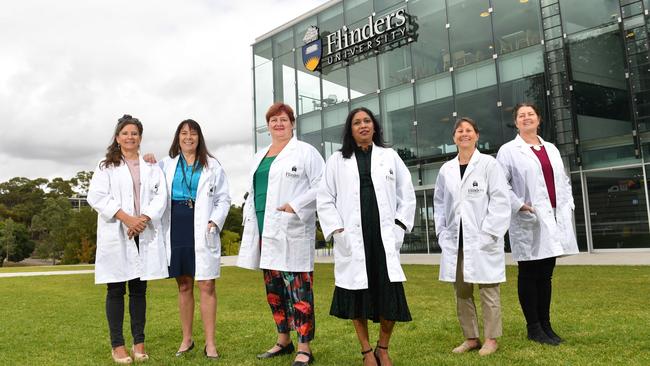
SA News
Don't miss out on the headlines from SA News. Followed categories will be added to My News.
South Australia is poised to play a key role in boosting science subjects in schools, amid calls for scientists to be as celebrated as our sports stars.
A review of the Australian Curriculum – to be conducted this year – is expected to demand a greater focus on Science, Technology, Engineering and Maths (STEM) subjects, so students don’t miss out on the jobs in the burgeoning sector.
Australian of the Year Dr James Muecke, chief defence scientist Dr Tanya Monro, deputy Labor leader Richard Marles, SA Health and Medical Research Institute executive director Steve Wesselingh and Flinders University physics professor Maria Parappilly have outlined to the Sunday Mail their ideas on how to get more students into science.
It comes amid warnings that Australia could be left behind economically and technologically if students are not encouraged to pursue science subjects.
Dr Parappilly said changes to ATAR, so that students could not abuse the system by picking easy subjects to boost their scores, was one way to get more to do science in Years 11 and 12.
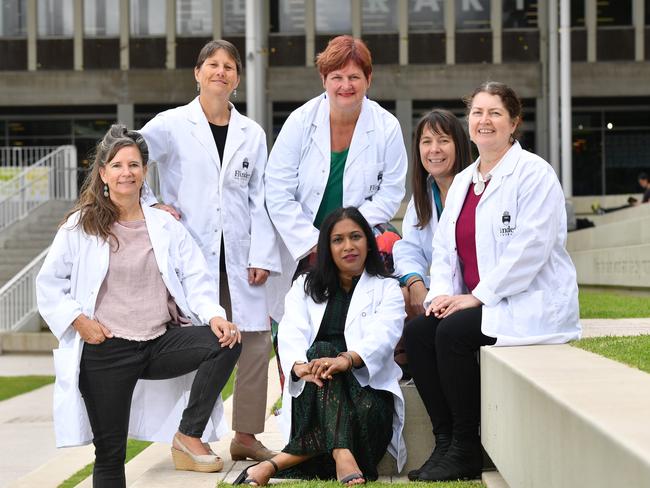
As the director of Flinders’ STEM Enrichment Academy, which aims to get more Year 9 girls into science, she said making science compulsory in the final years of school could help.
“We really need to give more importance to science … and through the school curriculum, as well,” Dr Parappilly said.
“Kids perceive science as a difficult and challenging thing without even giving it a go.
“Without trying out or performing science, students won’t be able to see how fascinating it is, and that it is everywhere in their day-to-day lives.”
SACE data shows the number of students studying biology in SA dropped 24 per cent, from 4245 to 3229, between 1996 and 2018. The number taking chemistry dropped almost 11 per cent, from 2302 to 2051.
Dr Muecke, an Adelaide eye doctor, said young people needed to be made more aware of the massive demand for jobs in the scientific and medical fields.
“I would strongly encourage kids to get into science-related fields – it’s endlessly fascinating,” he said.
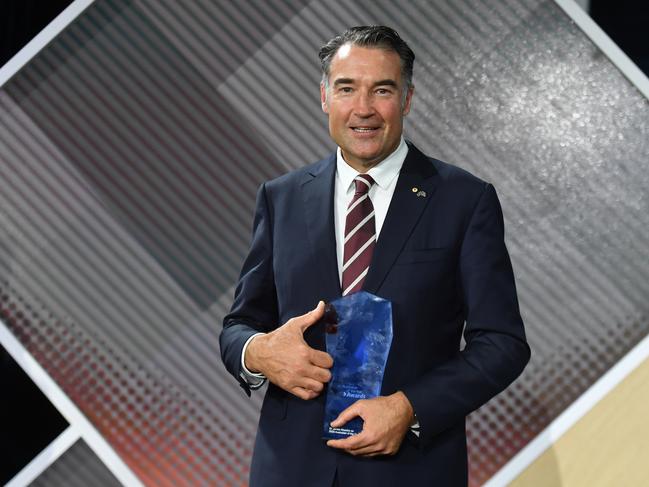
Mr Marles, who is co-convener of the Parliamentary Friends of Science, said: “Our best scientists should be up there with our best sportspeople.”
He also said Australia should celebrate bold science projects again like it did with the moon landing, and report scientific wins more prominently in the media.
“When the nation desperately needs to change its relationship to science, I think Adelaide and SA is emerging as being at the forefront of that effort,” Mr Marles said.
He noted submarines were some of the most complex, hi-tech machinery in the world, with 12 being built in SA. As well, the state is the base for the Australian Space Agency, the Woomera defence site, the Australian Science Media Centre and the Royal Society of South Australia.
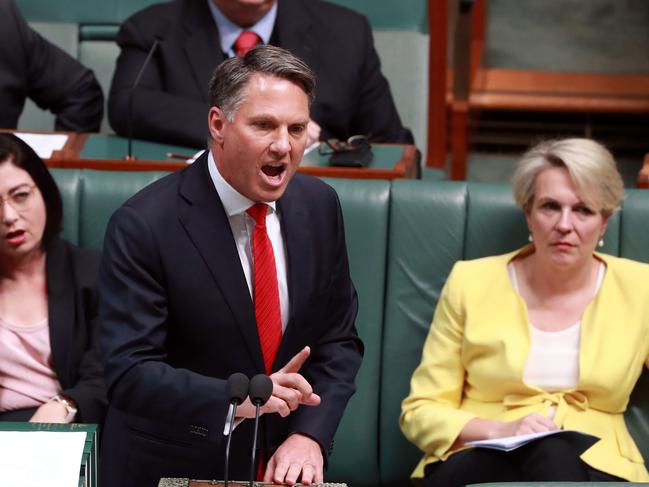
Prof Wesselingh called for groups of scientists to be revered like sports stars and teams.
“If you think about coronavirus, it’s going to have a big impact, but the impact’s already been lessened because a (scientific) team has managed to isolate the virus, another team has managed to develop a test, and teams will develop vaccines and drugs,” he said.
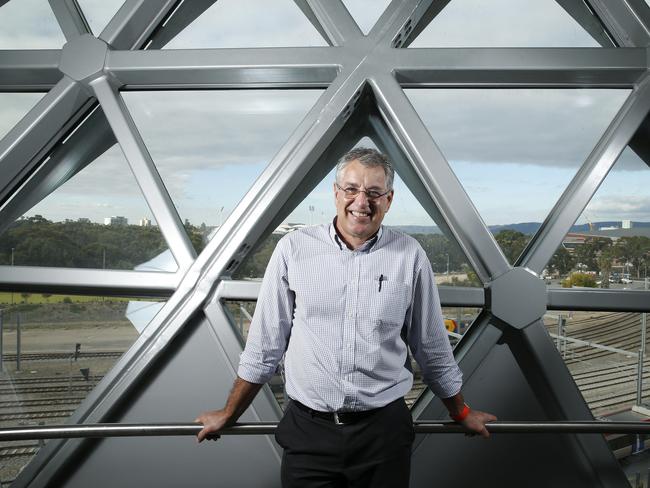
The review of the foundation to Year 10 Australian Curriculum is expected to begin after the March 27 meeting of state and federal Education Ministers. The Australian Curriculum Assessment and Reporting Authority will present its terms of reference to the meeting.
Teachers and stakeholder groups will be able to make submissions once the review formally opens.
A 2017 report by some of Australia’s top science experts, the Innovation and Science Australia Board, called for the review to have a “remit for bold changes” to the curriculum, which would be based on lessons from other countries that have overhauled their education systems “to equip students with the capabilities they need to thrive in the 21st century”.
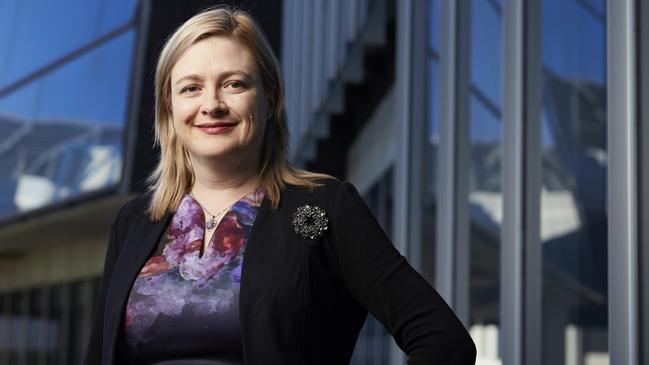
Defence’s push for the next great leap for mankind
A bold new strategy is being drawn up to make South Australia the “State of Science”, as the Defence Department is poised to unveil eight problems it wants Australian scientists to solve as another giant leap for mankind.
Defence’s eight so-called STaR Shot problems were inspired by US president John F. Kennedy’s 1961 Moonshot announcement that he wanted to send a man to the moon.
At the time, the science did not yet exist but, by 1969, Neil Armstrong had become the first person to take that “one small step for man”.
Speaking to the Sunday Mail, chief defence scientist Tanya Monro gave an early insight into some of the STaR Shots, which will include:
CREATING the next generation “information warrior”, which can help keep people safe from dangerous cyber manipulation as fake and misleading information increasingly spreads on the internet;
DEVELOPING “smart” machines or ships that can say when they need maintenance, rather than having to take them in for routine checks, and;
WORKING out howto keep people safe or get them out of environments that may be chemically, radiologically or biologically contaminated.
Dr Monro said presenting children with challenging problems that could change the world was one way to get them into science.
“So many people are put off by that perception that you have to be someone really special to make a contribution to science,” she said.
“The reality is that what you need is to care and to work hard.”
A renewed push to get primary school students excited about science would also help.
Dr Monro warned that the next few years were critical to improving the take-up of science subjects in schools and the country’s relationship to the world of science more broadly.
“We’re at a point now where accelerated use of technology and convergence of technology means the world is going to increasingly look different, and that those who haven’t had the education and training to be able to create that future will increasingly find it harder to engage,” Dr Monro said.
Innovation and Skills Minister David Pisoni said the State Government and chief scientist Caroline McMillen were working with stakeholders to shape the “State of Science” strategy.
This would “ensure we can develop and deliver cutting-edge products and services to drive economic growth and improve the everyday lives of people here and around the world.”
Mr Pisoni said SA was already leading the nation in science and innovation, with Lot Fourteen home to the Australian Space Agency and the Space Discovery Centre.
Federal Industry, Science and Technology Minister Karen Andrews indicated work was under way to lift Australia’s innovation performance based on a road map outlined by the Innovation and Science Australia board in 2017.
At the time, the ISA warned that “we are falling behind our global peers, particularly in student performance in science and mathematics, and in business investment in research and development”.
Ms Andrews said getting more young people to stick with STEM subjects was “central to Australia’s future prosperity” with 75 per cent of the jobs of the future set to require STEM skills.
An initiative announced during the week by Science & Technology Australia will result in 17 federal MPs partnered with scientists to “help bridge the gap between science and government”.
In SA, Member for Mayo Rebekha Sharkie has been partnered with Adelaide University plant biologist Rachel Burton.
